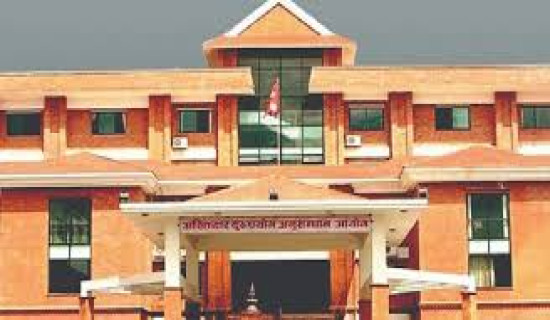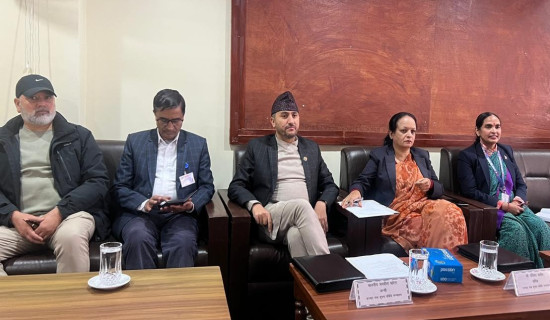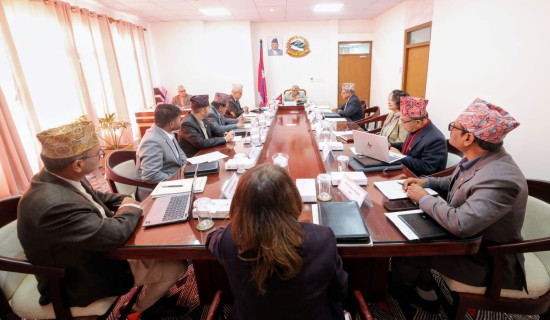- Monday, 15 December 2025
Post-monsoon Assessment
Nepal is no stranger to annual monsoon-induced disasters. However, this year's such disasters proved to be more calamitous and also more challenging even by our standard. This year's monsoon disasters have caused the highest human casualties in Nepal since 2009 and five times more than last year's, with the September rainfall being the highest in the past 50 years, according to the statistics of the monsoon disaster updated by the National Disaster Risk Reduction Authority (NDRRMA) under the Ministry of Home Affairs.
Human casualties increased by 537 per cent compared to the last year. A total of 26 districts were severely affected. Between the period from June 10 to October 12 this year, 494 people were killed, 66 went missing and 532 were injured, with 2136 monsoon-related incidents affecting 5,937 families. In sharp contrast, over the same period last year, 891monsoon-related incidents were recorded in which 6,128 families were affected with 92 deaths, 30 missing and 168 injuries. If this comparison underscores anything, it is this: the urgent need for extensive disaster management as well as preparedness measures.
The heavier-than-usual rainfall, mostly towards the end of September, and the subsequent floods and landslides where hundreds perished and caused billions of rupees in damage is claimed to have been exacerbated by climate change by experts. Evidence is mounting that climate change is adding to the frequency and intensity of such events. That said, there's also one factor that is making disaster deadlier: human factor.
The extensive damage by floods in river-bank settlements which were put up encroaching river system, ferocious landslides sweeping away clusters of houses in fragile hills, city sewer being overwhelmed with flood water turning roads into rivers, and haphazard construction that even obstructed the natural flow of river – all point to the need for better urban planning and environmental conservation. They also laid bare how reckless we've been by allowing construction wherever people wanted in blatant disregard for meticulous assessment by experts to check such practices.
There has also been shortcomings on the part of local governments in relocating the vulnerable population from at-risk locations. Needless to say, locations assessed and identified by geologists, hydrologists, and environmental experts as fragile must be taken seriously and settlements there must be shifted to safety if we are to prevent loss of life and properties in the event of disaster. Yes, of course, people will be reluctant at first to easily leave their farmland or ancestral land, but when they are sufficiently assured of the grave risk of staying there any longer, they will also leave the place for a safe one. It's incumbent upon the government to make the necessary arrangement in this regard.
Moreover, the question of why the long route passenger buses were allowed to ply the roads in places were heavy rainfall was likely and hence prone to landslide - in gross neglect of warnings from meteorological and hydrological officials - continues to haunt many. Keeping people safe from disasters in the future also means heeding such warning by the concerned officials and springing into action. Also, there is a dire need to enhance early warning systems to ensure that vulnerable communities receive timely information. To sum up, there's a lot more we need to do in disaster preparedness and management than merely issuing the warnings.
















